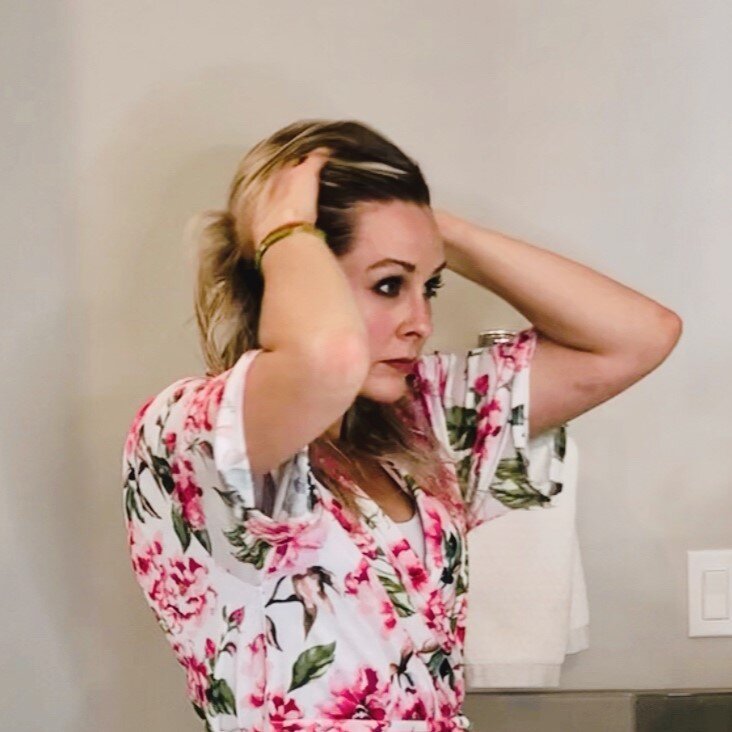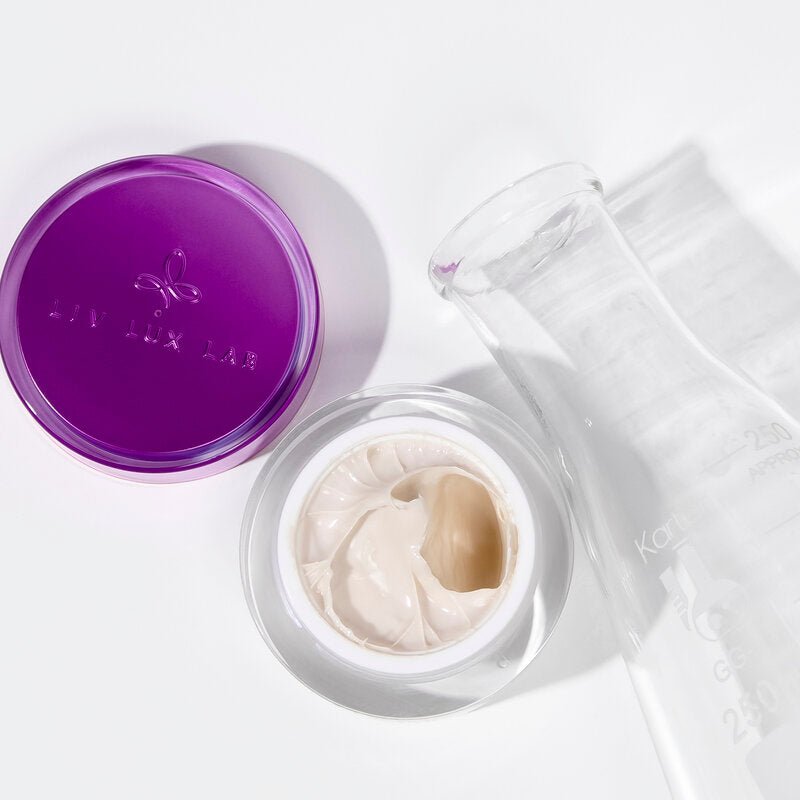When it comes to "hair texture" many people think hair texture is simply how their hair looks (from dry to oily) and feels, but the truth is hair that is "dry" or "oily" is not technically the hair texture rather is describing the state of your hair. Hair texture is something you are born with, and can be affected based on your hair lifestyle + habits (swimming in chlorine, hard water, sun exposure, etc.) The more you learn about the hair texture and hair types you have, the better you'll be able to care for and maintain healthier hair!
Do You Know Your Hair Texture?
Hair texture generally refers to the diameter and thickness of your hair strands, categorized into three basic hair texture types—fine, medium and thick. Each hair texture type has its own traits that set it apart from other hair textures, and influence the care or treatment it may need.
Fine Hair
Fine hair is the most delicate + fragile hair texture, and only has two hair layers- a cortex and a cuticle. Fine hair textures are silky to the touch, and if you have a fine textured hair, you might find it hard to keep your hair in a style, or gets oily easily. In addition, using too much product will weigh fine hair textures down, making it breakage prone.
Those with fine hair textures should avoid using products that are heavy, or build up with residue on the hair. Our clay based, detoxifying scalp + hair treatment, Save Me From Product Overload, works great on fine hair as it cleanses the hair from residue and buildup from other styling products, with the added benefit of adding extra volume naturally to finer hair textures.
Medium Hair
Medium hair textures are the most common hair type, and is thicker + less fragile than fine hair textures. Medium textured hair usually have the same two hair layers that fine hair has, but may have have the third layer – the medulla. Medium hair textures can feel silky like fine hair, however are more resistant to breakage and tends to hold styles well but can be prone to dryness from damage caused by high heat from hot tools.
Those with medium textured hair should always keep hair hydrated and protected against damage (from UV exposure, chemicals, heat styling, and more) in order to keep it healthy, long and strong. A treatment masque rich in ceramide and antioxidants, like Save Me From Age Acceleration, helps to enhance hydration on the hair strands (while decreasing porosity), and boosts keratin strength to reinforce + protect hair from heat damage and oxidative stress from pollution and UV.
Thick Hair
Thick hair typically feels thick and coarse to the touch, and gives the impression of fuller hair. Thick or coarse hair is the strongest hair texture and has all three hair layers; cortex, cuticle and medulla. The medulla is the innermost layer of the hair shaft composed of a thin core filled with mostly protein and air, which makes the hair appear thick and full. In addition, thick hair is more tolerant to chemicals, heat, styling products and results in less breakage than fine or medium hair textures, but it also means this hair texture takes longer to dry and can get frizzy in humidity.
Thick hair textures can often appear dry, frizzy, and has a tendency to lack shine. Since thick and coarse hair often is curly or coily in texture, it is important to keep hair properly hydrated + lock in moisture to prevent breakage and frizz. A richly moisturizing hair treatment, like Save Me From Thermal Obsession, locks in moisture and keeps frizz at bay, with the added bonus of protecting against heat damage up to 450°F.
What To Do About Damaged Hair
Although you can’t change the texture of your hair, you can alter to your hair care routine to help make your hair texture more manageable and healthy! Washing, brushing, blow drying, coloring, straightening + curling hair all cause damage to the hair, but can be minimized with the proper care and using various at home treatments from our damage-specific scalp care + hair repair treatment collection. Learn more about the signs of hair damage and how to properly care for your hair texture based on your lifestyle and habits.



